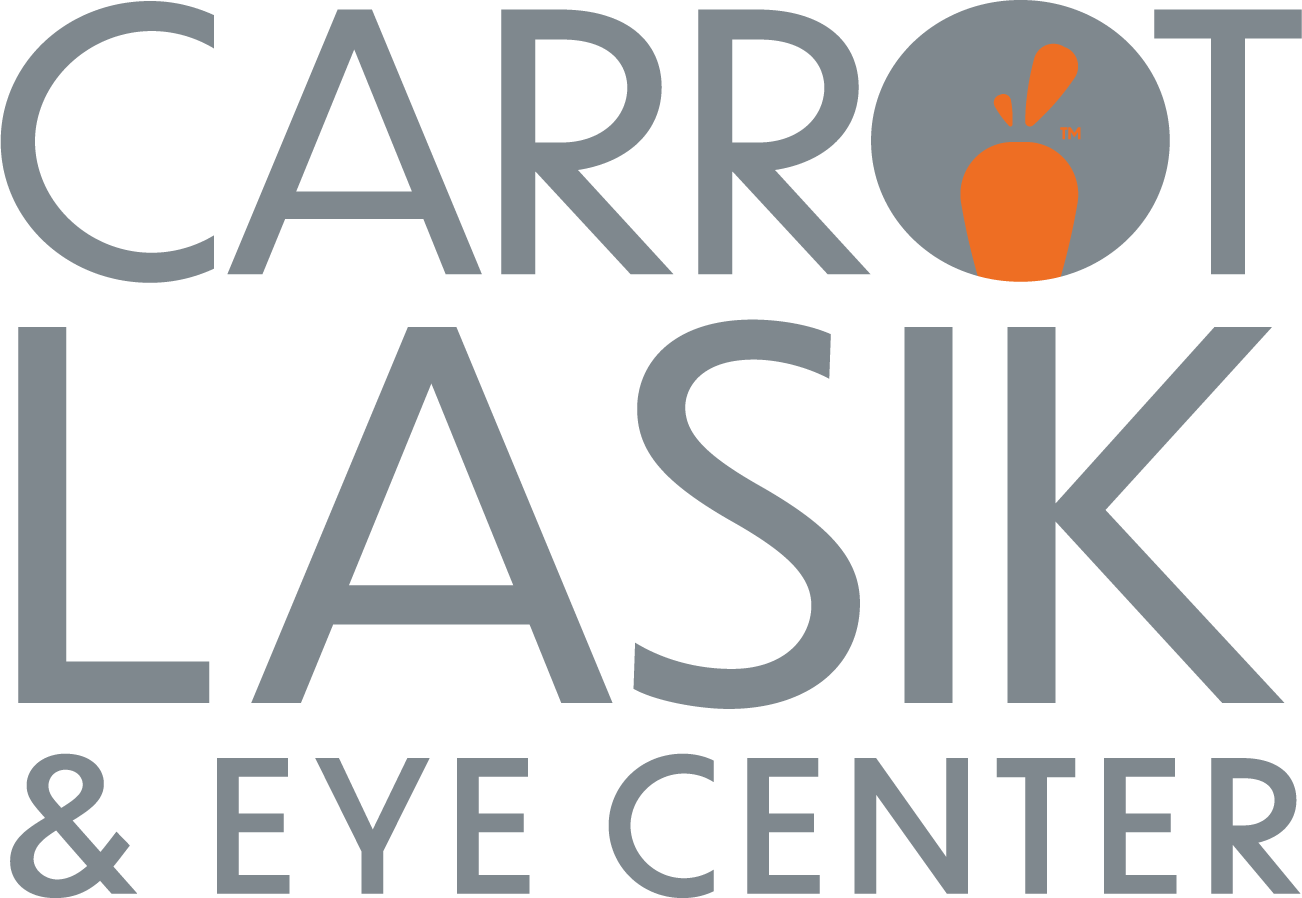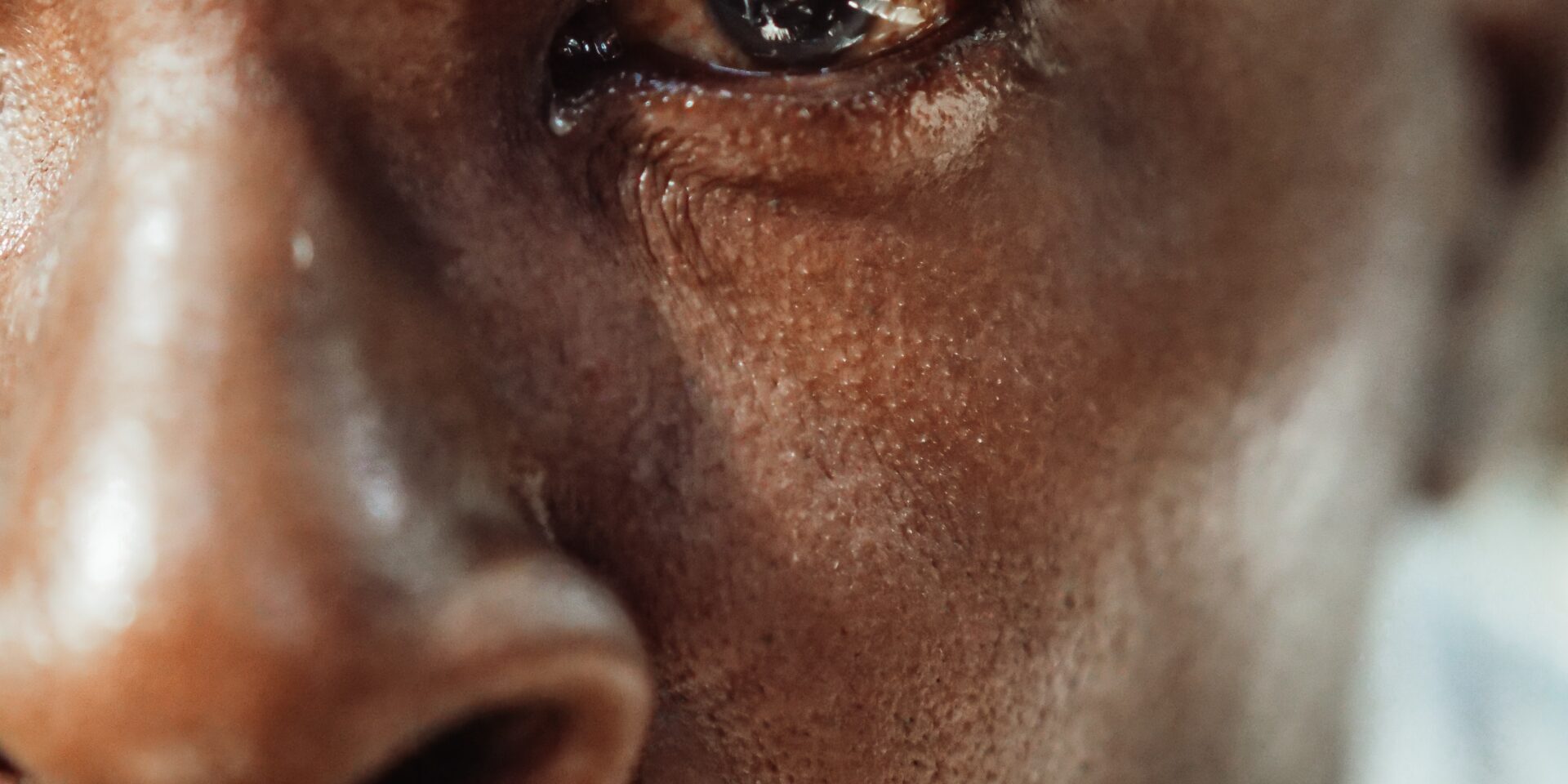Our eyes are very important, yet they are also very vulnerable to various injuries. Whether a minor scrape on the cornea, or a more serious chemical burn, knowing how to respond to common eye injuries can make all the difference in preserving and saving your eyesight. In today’s article, we’ll provide you with a guide explaining what to do if some of the most frequent eye injuries happen to you.
Understanding Common Eye Injuries
First, we need to define some common eye injuries.
- Corneal Abrasions – Corneal abrasions are one of the most common eye injuries. Also known as a scratched cornea, corneal abrasions refer to a scratch or scrape on the cornea, the group of cells on the outside of the eye over the iris. These scratches to the cornea can happen due to dust particles, sand, or even a fingernail coming into contact with the eye. Normal symptoms can include redness, pain, and sensitivity to light.
- Foreign Objects in the Eye – Sometimes foreign objects may get through the eyelashes and behind the eyelids. Typically an eyelash, but sometimes a small piece of debris, foreign objects in the eye can cause irritation, discomfort, and sometimes lead to a corneal abrasion.
- Chemical Burns – Certain chemicals entering the eye can result in chemical burns to the eye, both at home and in the workplace. These injuries are often very painful and may lead to severe damage if not treated promptly.
- Black Eye and Contusions – Blunt force trauma to the eye area can result in a contusion, also known as a black eye. These injuries are characterized by swelling, discoloration, and tenderness around the eye.
Immediate Actions for Eye Injuries
General First Aid
In all cases of eye injury, the following general first aid principles apply:
- Avoid rubbing the injured eye.
- Wash your hands thoroughly with soap and water before touching your eye.
Corneal Abrasions First Aid
If you suspect you have a corneal abrasion:
- Rinse your eye gently with a saline solution. If you do not have a saline solution available, use clean, lukewarm water.
- Blink several times to help remove any debris.
- Seek immediate medical attention. Your eye doctor will likely need to prescribe an antibiotic eye drop and will recommend heavy use of lubricating eye drops. In some cases, your eye doctor may provide you with a contact lens band-aid to help the eye heal.
Foreign Objects First Aid
If you have a foreign object in your eye:
- DO NOT rub or touch your eye.
- If possible, blink several times to see if the object washes out naturally.
- If blinking does not wash the object out, flush your eye with a saline solution or clean, lukewarm water.
- If none of the above steps dislodge the object from the eye, seek immediate medical attention.
Chemical Burns First Aid
If you get chemicals in your eye:
- Immediately begin flushing your eyes with clean, lukewarm water. Do this for AT LEAST 15 minutes.
- While flushing your eye, hold your eyelids open to ensure a thorough rinsing.
- Contact emergency services or visit the nearest eye clinic immediately after flushing your eye.
- If possible, identify the chemical involved. If you are able to, take a picture of the label for the doctor.
Black Eye and Contusions First Aid
If you’ve received blunt force trauma to the eye:
- Apply a cold compress, like a clean cloth wrapped around ice, to the affected area for 15-20 minutes.
- Repeat the cold compress every hour to reduce swelling and bruising.
- If you experience changes in vision or severe pain, consult a healthcare professional.
Prevention Tips
The best course of action is avoiding injury to the eye in the first place. Consider:
- Using appropriate eye protection, such as safety goggles, when working with tools and/or chemicals.
- Keep hazardous materials out of reach of children at home. Lock up any cleaning cabinets that might be in their reach.
- Maintain a safe, clutter-free environment to reduce the risk of accidents.
- Wear protective gear during sports and recreational activities that pose a risk to your eyes.
Conclusion
Injuries to the eyes can happen in the least expected moments, but knowing how to respond with immediate first aid can be crucial in minimizing damage to vision and the eye. By understanding common eye injuries and following these first aid tips, you can protect your vision and ensure that your eyes remain healthy for years to come. Remember, vision is precious – don’t take it for granted.




